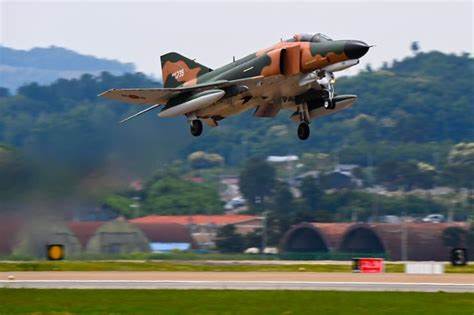
After over half a century of distinguished service, the Republic of Korea Air Force (ROKAF) said its final goodbye to the F-4 Phantom fighter jets, marking the culmination of an era that shaped the nation’s military aviation landscape.
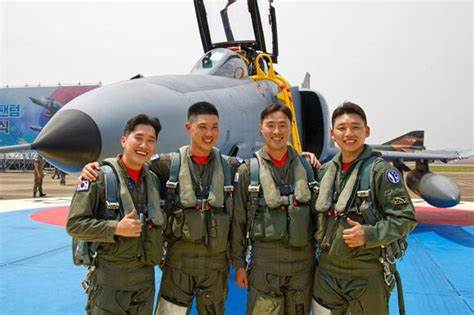
At the Suwon Air Base in Gyeonggi Province, ROKAF held a ceremonial farewell to the F-4, an aircraft that has been a symbol of South Korea’s aerial might against North Korea’s Soviet-era jets.
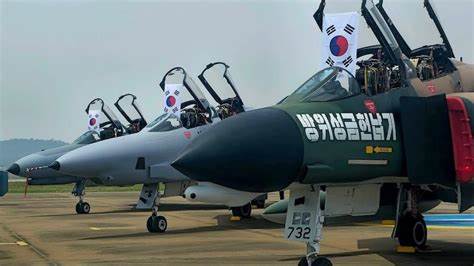
The retirement event on June 7th was not merely a matter of protocol. It was a poignant moment, deeply felt by military personnel and defense enthusiasts alike.
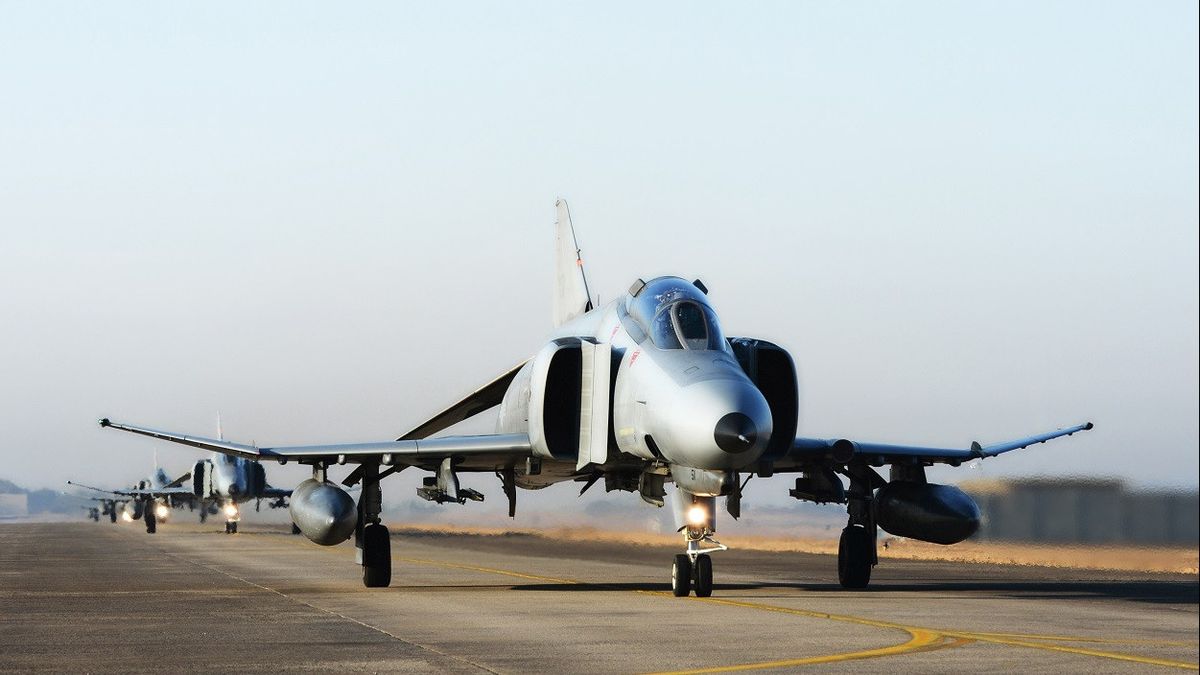
The F-4 Phantom II, a jet that first took to the skies in 1958 for the United States Navy and later evolved into a formidable fighter-bomber, had been the backbone of South Korean air defense since the first batch landed on its soil in 1969.
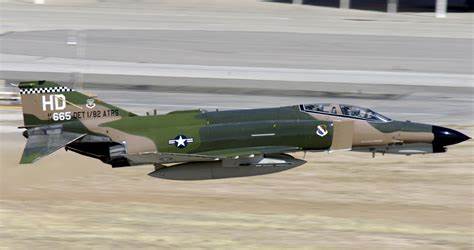
Over the decades, approximately 220 Phantoms served with the ROKAF, playing a crucial role in interception and reconnaissance missions.

In a high-flying tribute, the ROKAF conducted commemorative flights involving modern combat aircraft such as the F-16, KF-16, FA-50, RF-16, F-15K, and the stealthy F-35A, symbolizing the transition of duty from the old guard to a new era of aerial defenders.
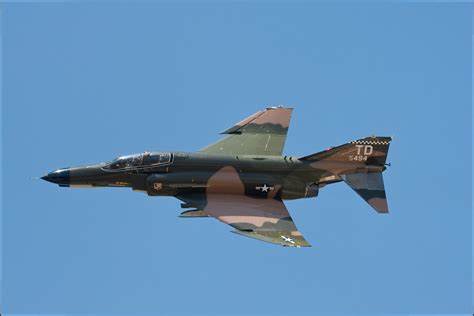
Minister of National Defense Shin Won-sik, who attended the ceremony, lauded the Phantom’s legacy, saying, “The noble spirit of the Phantom, dedicated to safeguarding South Korea’s airspace, will forever remain with us.”

The special farewell flight that preceded the official retirement also saw the inclusion of two KF-21 Boramae, South Korea’s domestically developed supersonic fighters.
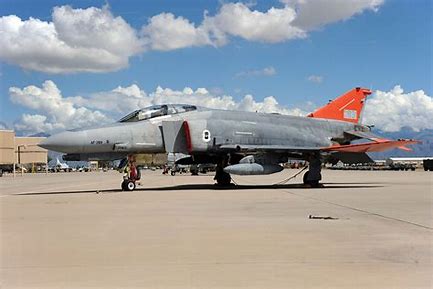
The KF-21 is expected to replace the aging F-4 and F-5 fleets, ushering in a new chapter of ROKAF’s air defense capabilities with an anticipated deployment by 2026.
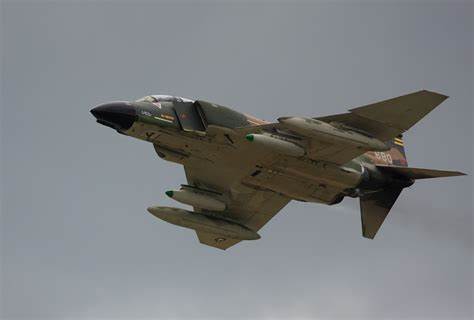
Chuck Watson, a curator for the Combat Air Museum, reflected the community’s sentiment when he highlighted the F-4’s unique design and the dedicated backseat crew member’s role in navigation and combat awareness, saying, “It’s got a tremendous following of people.”
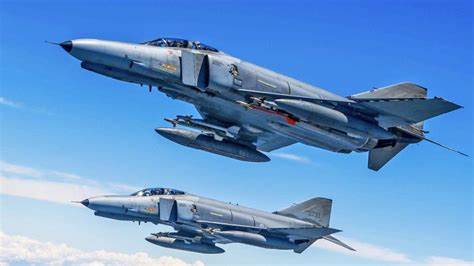
This design was a hallmark of the Phantom, an aircraft that, despite not being the most maneuverable, became an icon of versatility and firepower.
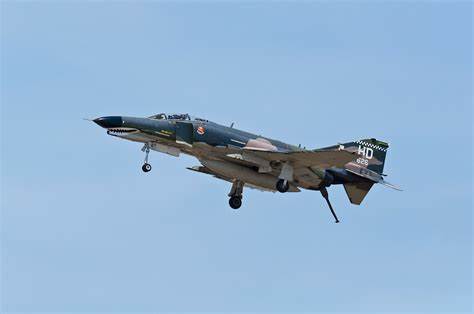
The F-4’s retirement was conducted against the backdrop of the largest US-ROK Combined Air Training (KFT) exercise of the year. The exercise showcased over 100 aircraft from both nations, including the American F-16s, F-35Bs, A-10 attack jets, and South Korea’s F-35As and F-15Ks, highlighting the strength of the US-South Korean partnership and their combined resolve to face regional threats.
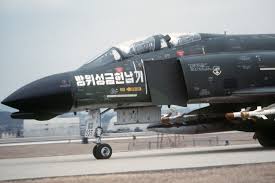
The F-4s’ final flights were also a farewell to the AGM-142 Popeye air-to-surface missiles, which had been an integral part of ROKAF’s armory since 2002, offering a long-range precision strike capability that was crucial given the proximity to North Korea.
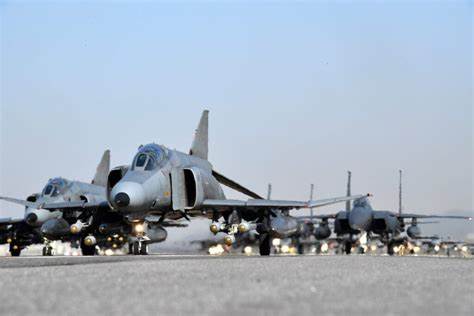
As the ROKAF says goodbye to the “Goblins of the Sky,” South Korea does not just bid farewell to a jet but commemorates the legacy of an aircraft that played a pivotal role in its national defense.

The ceremony underscored a period of transition towards a more technologically advanced military, ready to counter future threats with cutting-edge fighters such as the F-35 and the KF-21. The Phantom’s roar may fade into history, but its impact on South Korea’s air defense will be remembered as the nation continues to stand vigilant in an ever-changing geopolitical landscape.
Relevant articles:
– South Korea bids farewell to legendary F-4 Phantom fighter jet, KoreaTimes
– South Korea makes special flight to say goodbye to the F, Aeroflap
– F-4 Era Ends in South Korea: Retirement Ceremony Set for June, SOFREP
